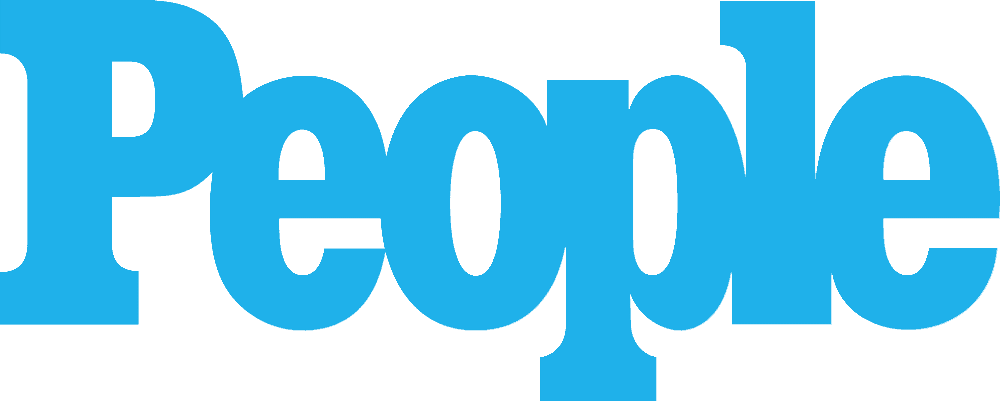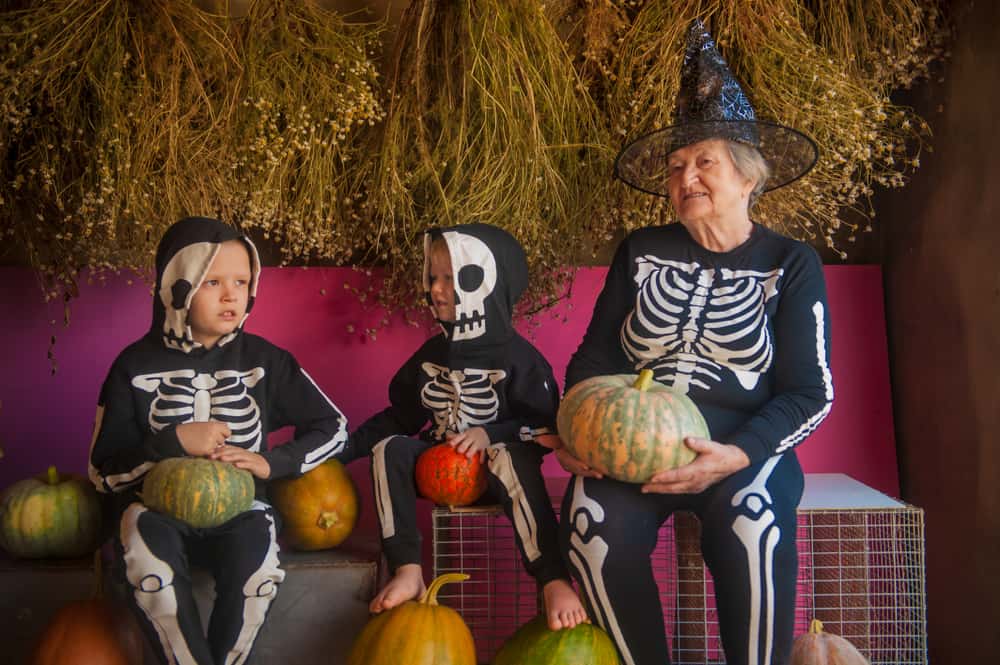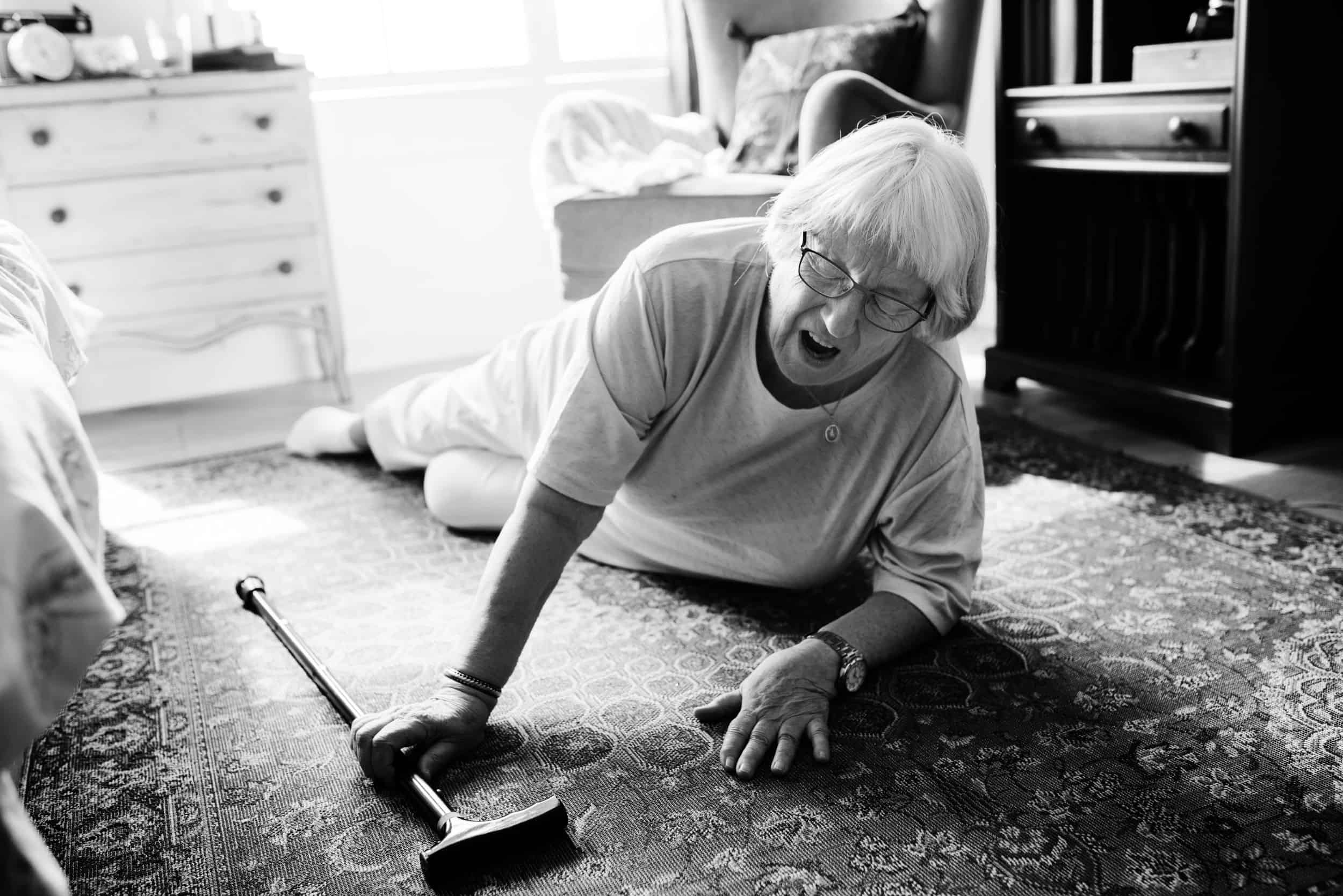Happy International Day of Persons with Disabilities! Every year on December 3rd, disability advocates around the world celebrate this holiday.
It’s not the kind of “holiday” where you take a break from life. It’s the kind that encourages us to engage in important work to make lives better.
United Nations Holiday, U.S.-Inspired Advocacy
The Day was established by the United Nations in 1992 to promote the wellbeing of people with disabilities and increase awareness of their needs around the world. Much of the work today is done by the UN’s Convention on the Rights of Persons with Disabilities (CRPD), created in 2006.
The U.S. has had a lot to do with establishing the holiday and influencing advancements in the quality of life for people with disabilities everywhere. The Americans with Disabilities Act (ADA) of 1990 was a landmark civil rights law that, along with amendments, has created standards for:
- Access to Employment
- Accommodations for Employees
- Public Accommodations
- Public Transportation
- Building Design
The Ongoing Work of Advocacy
Of course, on the 28th International Day of Persons with Disabilities, it’s fair to point out that there is still a lot of work to do beyond what the ADA and the CRPD have accomplished.
You can probably relate to some of the common questions LifeGlider users ask:
- “Why do I have to go up the street a block just to find a ramp to cross the street?”
- “I have a neurological disorder. What kind of job can I hope to get?”
- “It’s so frustrating when there’s no ramp. Why do stairs even exist?”
- “Why aren’t there more resources to help me care for my aging parent?”
This is why not-for-profit organizations, each with their own unique mission to improve the lives of people with disabilities, exist throughout the world. The U.S. government and the United Nations do a lot to get the ball rolling. These organizations keep the work alive.
And in many cases, it’s people with disabilities themselves who are leading the charge.
13 Organizations You Can Support Today
Here is a short list of 13 organizations you can support, either by donating or, in many cases, just by spreading awareness of what they do and why they matter.
1. American Association of People with Disabilities (AAPD)
The AAPD is the largest national nonprofit organization working to empower the disability community politically. It refers to itself as a convenor of conversation about disability, a connector of a diverse disability community of 56 million Americans, and a catalyst for change.
2. ADA National Network
The ADA National Network works to help all kinds of businesses – healthcare providers, airlines, hospitality, etc. – implement the ADA. It provides information and guidance as well as training on every aspect of the law, from guest accommodations to employment nondiscrimination.
3. National Organization on Disability (NOD)
The NOD is a “disabled woman-led organization” that works with employers to increase employment opportunities for Americans with disabilities. It frames the conversation around the advantages for employers, from being recognized as a leader of disability inclusion to recognizing the talent in the disability community that discriminatory practices overlook.
4. National Center on Disability and Journalism (NCDJ)
Headquartered at Arizona State University, the NCDJ provides support and guidance for journalists covering people with disabilities. They work against stigma and underrepresentation of the disability community by offering guidance on the use of appropriate language, modified interview techniques, a database of advocates and trusted experts, etc.
5. Partnership on Employment and Accessible Technology (PEAT)
PEAT advocates to make emerging technologies more accessible. Their mission is to ensure that technological advancements – in everything from autonomous (self-driving) vehicles to extended reality and more – promote inclusion rather than exclude people with disabilities.
6. Easterseals
Since 1919, the Easterseals organization has provided a variety of services for people with disabilities and caregivers. Adult daycare, physical therapy, mental health services and caregiver respite are just a few of the programs they offer to help people with mobility impairments and other kinds of disabilities.
7. Independent Living Research Utilization (ILRU)
A program of TIRR Memorial Hermann, a medical rehabilitation facility in Houston, Texas, the ILRU works to advance the science of independent living. It provides information, training and technical assistance to state and federal rehabilitation agencies, among other organizations, to help people with disabilities live life on their own terms. Many on the staff have disabilities themselves.
8. Disability Rights Education & Defense Fund (DREDF)
The DREDF provides training for people with disabilities about their rights under state and federal laws, for government officials and other leaders on how to respect those rights, and for attorneys on how to successfully litigate on behalf of clients with disabilities. It also advocates for more inclusive public policy.
9. National Center on Accessibility
Established through a partnership between Indiana University and the National Park Service, the National Center on Accessibility focuses on improving accessibility in parks, recreation, and tourism. It works to ensure people with disabilities have access to all the physical and mental health benefits of exploring our natural resources.
10. Cerebral Palsy Group
Many LifeGlider users experience their mobility impairment as a result of CP. The Cerebral Palsy Group is a national resource that connects people with CP and their families with specialists, the latest research, treatment options and more.
11. National Multiple Sclerosis Society
The National MS Society is a robust resource to help people with MS live as independently as possible. In addition to tips on building strength and improving mobility, treatment options and other general information, the organization also funds research with a mission to “end MS.”
12. National Institute of Neurological Disorders and Stroke (NINDS)
As part of the National Institutes of Health, the NINDS manages and funds research on neurological disorders (such as CP and MS, and many others that cause mobility impairments) with a mission to “reduce the burden of neurological disease.”
13. Mirror Image Advocacy
Mirror Image Advocacy is a wonderful example of how you can make a difference without the big budget of a national organization. McKenna Baker, who has CP, and her twin sister McKayla, created a website and Facebook page to create awareness of the challenges people with disabilities face, answer questions and encourage people to advocate on behalf of others in the disability community.
LifeGlider Users Are An Important Part of the Disability Community
The International Day of Persons with Disabilities is for all of us. We are differently-abled people who champion human rights for all. Among us are people who face a wide range of daily challenges due to disability.
LifeGlider users don’t just represent those of us who struggle with mobility impairments. They are people who, by and large, want to live the most fulfilling life possible and enable others to do the same.
- Many go out in public with an eagerness to answer questions about their lifestyle.
- Some tell their stories in the hopes it will inspire others to strive for a better life.
- Others, like McKenna Baker, become active advocates for change.
If this sounds like you, whether or not you own a LifeGlider, you’re in good company here. Thank you for all that you do!
To learn more about how the LifeGlider is making a difference for others and could do the same for you, contact us. Let’s celebrate today together.



